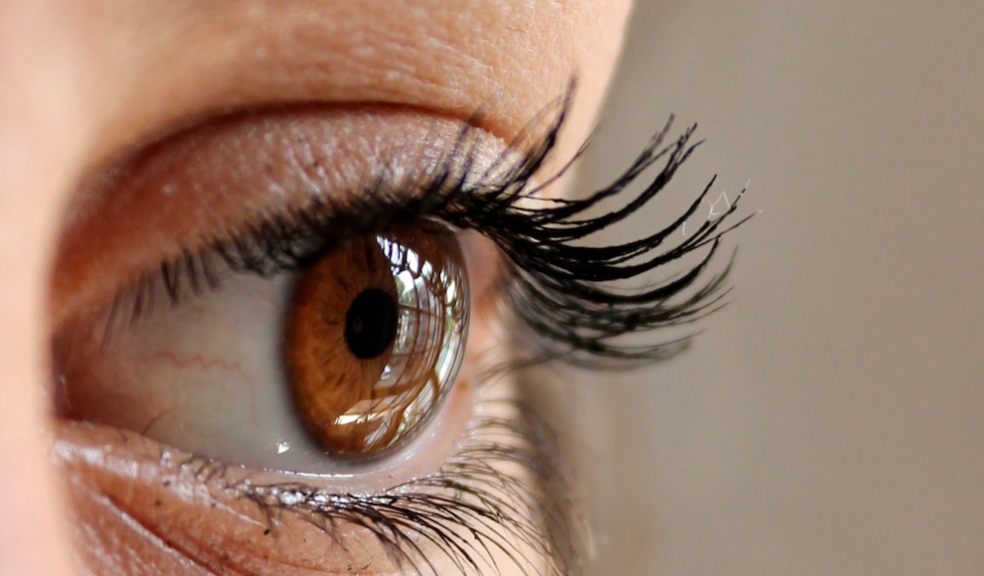
What is Chalazion and How Can You Treat it?
What is Chalazion and how can you treat it?
Are you experiencing any discomfort in your eye? It might be a chalazion.
Chalazion is a common eye condition that can affect your vision badly. However, there’s no need to worry. In this article, you’ll discover:
- what is chalazion and how to differentiate it from stye
- how to prevent chalazion
- chalazion treatment
- what is the recovery process
Keep reading to ensure your eyes are healthy and protected.
Chalazion or stye?
Before we dive into the details of chalazion and its treatment, let’s distinguish chalazion and stye. These two conditions are often confused with each other since they affect the same area.
A stye is an infection of the eyelash follicle or oil gland in the eyelid. It typically appears as a small, red bump that is painful to the touch. Styes can also cause itching, tearing, and a sensation of something in your eye.
A chalazion, on the other hand, is a non-infectious lump that forms when the oil glands in the eyelids become blocked. It is usually painless and appears as a small, hard bump under the skin of the eyelid. A chalazion can cause mild swelling and redness but does not typically cause significant discomfort.
To differentiate between a chalazion and a stye, you can look for the following signs:
- Location: Styes usually appear at the base of the eyelashes, while chalazion are more likely to develop farther up on the eyelid.
- Appearance: Styes are typically red and inflamed, while chalazion is firm, painless, and may be larger than a stye.
- Symptoms: Styes cause pain, itching, and tearing, while chalazion is usually painless and may cause mild swelling or redness.
Causes and how to prevent chalazion from forming
Chalazion forms when there is a blockage in the oil gland in the eyelid. Bacteria, dirt, or dead skin cells can cause this blockage.
The easiest way to prevent blockage of the oil gland is to maintain good eyelid hygiene. This includes:
- washing your hands before touching your eyes
- avoiding sharing personal items like towels or makeup
- removing makeup before bed
If you wear contact lenses, clean them properly before and after every use. Cleanse your eyelids once a day with a gentle cleanser or baby shampoo.
Chalazion Treatment
You can treat chalazion in different ways, depending on the severity of your condition. Here are some of the most common treatments:
Warm compresses
This is the most common treatment for chalazion. Warm compresses help unblock the gland, reduce inflammation, and boost the healing of chalazion.
To use a warm compress, soak a clean cloth in warm water and hold it against your closed eyelid for 10-15 minutes. Repeat the process 3 to 4 times a day until the chalazion clears up.
Eye massage
Massaging the affected area helps with drainage. Using a clean finger, gently massage the eyelid in a circular motion for a few minutes, several times a day.
Don’t forget to be gentle when massaging, since harsh movements can irritate and damage the eye.
Go makeup-free
Avoid wearing makeup until the chalazion has healed, as it can irritate the already inflamed eyelid.
In some cases, makeup can also introduce bacteria into the area, which can increase the risk of infection.
If you must wear makeup, make sure you clean your brushes and applicators regularly and avoid sharing them with others to reduce the risk of infection.
Chalazion surgery
If the chalazion does not go away on its own or with other treatments, consider undergoing chalazion surgery. During the surgery, the doctor will make a small incision in the eyelid and remove the blockage.
This procedure is performed under local anaesthesia; you can go home on the same day. After the procedure, your doctor will give you instructions on how to take care of your eye.
Steroid injections
In some cases, your doctor may recommend steroid injections to reduce inflammation and help the chalazion heal faster. The steroid will reduce inflammation and promote healing.
The injection is given directly into the bump, but you may need to take multiple injections over a couple of weeks.
Recovery process
The recovery process after chalazion treatment varies depending on the type of treatment you used or received.
If you use warm compresses or eye massage, the chalazion should clear up within a few days.
If you had surgery or steroid injections, you may experience some swelling and bruising for a few days. However, most people can resume their normal activities within a week. You may experience some discomfort, swelling, and bruising, but these should go away within a few days.
During the recovery process, follow the doctor’s advice, to make sure the chalazion won’t come back.
Conclusion
Take care of your eyes by maintaining good hygiene and seeking medical attention if you experience any discomfort or changes in your vision. Don't hesitate to contact your doctor if you have any concerns.
Your eyes are precious and deserve to be taken care of, so prioritise their health and protect them from chalazion and other eye conditions.













